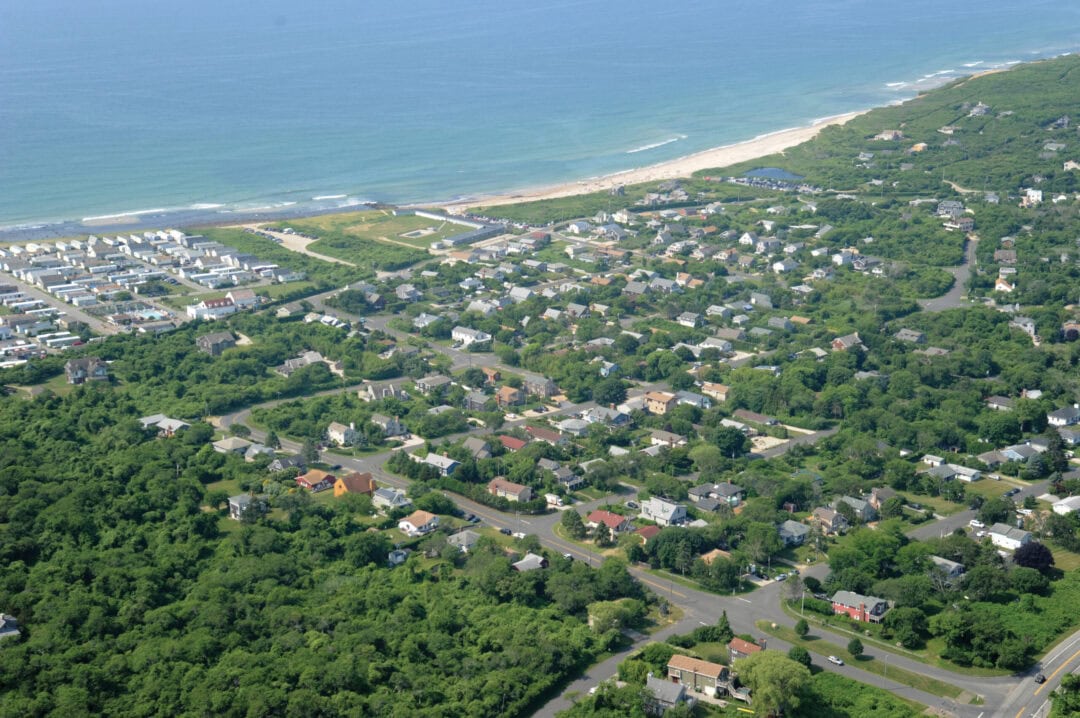
Remember the old Johnny Carson monologue template? “So how cold was it? It was so cold that that ducks were falling out of the sky!” For most of our lives that’s how cold most winters have always been. Very cold! In fact, last week most of the U.S.A. received a sample of that old classic Arctic winter weather, but not actually Arctic. As cold as it was, it was nowhere near the record low on Long Island. Using records that only go back to 1938, the coldest recorded temperature on Long Island is -14 degrees Fahrenheit, on February 13, 1967.
On the subject of lowest temperature, the lowest ever recorded in the U.S. is minus 80 degrees on January 23, 1971. Where? Prospect Creek, Alaska, a town north of Fairbanks. Montana holds the record for the all-time coldest temperature in the continental U.S. It was minus 70 degrees at the altitude of 5,610 feet on Jan. 20, 1954, at Rogers Pass on the Continental Divide.
Long Island is usually warmer than New York City. That is because Long Island is exposed to the ocean, causing warmer temperatures than in New York City. The coldest temperatures in New York State are consistently in the Adirondack Mountains. The U.S. Weather service recorded a temperature of 52 degrees below zero F. there. That was without the windchill. The Adirondacks are cold because of their elevation and latitude. That doesn’t mean that in the last twenty years there haven’t been some extremely frigid Long Island weather days.
About 15 years ago I left the place I was staying at in Ditch Plains, Montauk to visit someone overnight in Greenwich, Connecticut. I left the heat on very low, with the forecast being in single digits. However, someone else seeing I wasn’t there actually turned all the heat off. That night it ended up being so cold that the water in the toilet froze, along with all the pipes. The extreme cold that night also destroyed the washing machine and dryer.
A google check revealed five states set their historic low-temperature records in late Decembers, including Nebraska, Tennessee, Vermont, Washington and West Virginia. How about this — Hawaii’s all-time record low wasn’t even achieved during the winter. The Mauna Kea Observatory, at an elevation of 13,796 feet on the Big Island of Hawaii, dipped to 12 degrees on May 17, 1979.
I suppose some folks have experienced the sound of a frozen water pipe bursting. For me it happened a few days after a Super Bowl in the late 1980s. The extreme cold over the weekend froze the pipe. When the thawing period happened, the pipe burst. It was at our family factory in a storage space right next to the offices. An undetected vandalized broken window caused the wet water sprinkler pipe to freeze and then burst. I heard a loud pop, and then the sound of high-pressure water. Luckily I was able to turn off the main water valve and limit the damage.
I have heard stories of folks who weren’t home when a pipe burst and of ruinous outcomes. Smart folks turn their water off for the winter if they are going to be elsewhere or if they can afford it, leave the home thermostat at a safe temperature.
Isn’t it funny how one can be cold at certain temperatures at one time of the year and feel warm at the same temperature at another time of the year? I remember in College at GWU that first 50-plus degree day after a cold spell and everybody in the school dorm quads were out wearing shorts and tee-shirts and hurling Frisbees. I also recall an August day around 2014 where it was the same 50-degree temperature and folks were walking around East Hampton Village with heavy ski jackets on, including me.
The February 2023 forecast in East Hampton for the next two weeks is for very mild temperatures; in fact it was over 60 today. Yet somehow I still believe a snowstorm will arrive when we least expect it to. My winter gloves, winter coat, boots and snow shovels are ready. My wife, Cindi, is predicting the last week in March and as every smart husband knows, their wife is never wrong.






